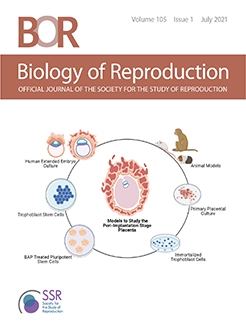Conditions of impaired energy and nutrient homeostasis, such as diabetes and obesity, are associated with infertility. Hyperglycemia increases endoplasmic reticulum stress as well as oxidative stress and reduces embryo development and quality. Oxidative stress also causes deoxyribonucleic acid damage, which impairs embryo quality and development. The natural bile acid tauroursodeoxycholic acid reduces endoplasmic reticulum stress and rescues developmentally incompetent late-cleaving embryos, as well as embryos subjected to nuclear stress, suggesting the endoplasmic reticulum stress response, or unfolded protein response, and the genome damage response are linked. Tauroursodeoxycholic acid acts via the Takeda-G-proteinreceptor-5 to alleviate nuclear stress in embryos. To evaluate the role of tauroursodeoxycholic acid/Takeda-G-protein-receptor-5 signaling in embryo unfolded protein response, we used a model of glucose-induced endoplasmic reticulum stress. Embryo development was impaired by direct injection of tauroursodeoxycholic acid into parthenogenetically activated oocytes, whereas it was improved when tauroursodeoxycholic acid was added to the culture medium. Attenuation of the Takeda-G-protein-receptor-5 precluded the positive effect of tauroursodeoxycholic acid supplementation on development of parthenogenetically activated and fertilized embryos cultured under standard conditions and parthenogenetically activated embryos cultured with excess glucose. Moreover, attenuation of tauroursodeoxycholic acid/Takeda-G-protein-receptor-5 signaling induced endoplasmic reticulum stress, oxidative stress and cell survival genes, but decreased expression of pluripotency genes in parthenogenetically activated embryos cultured under excess glucose conditions. These data suggest that Takeda-G-protein-receptor-5 signaling pathways link the unfolded protein response and genome damage response. Furthermore, this study identifies Takeda-G-protein-receptor-5 signaling as a potential target for mitigating fertility issues caused by nutrient excess-associated blastomere stress and embryo death.
Summary sentence
Tauroursodeoxycholic acid/Takeda-G-protein-receptor-5 signaling pathways are activated in the pre-implantation porcine embryo in response to glucose-induced stimulation of the unfolded protein response to facilitate blastomere survival and embryo development.





